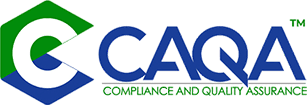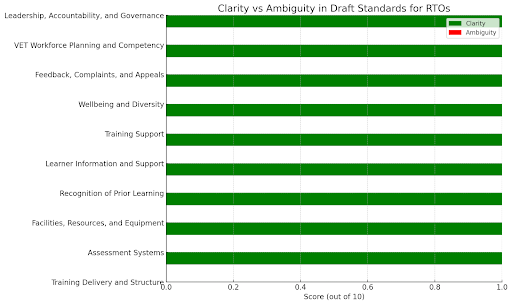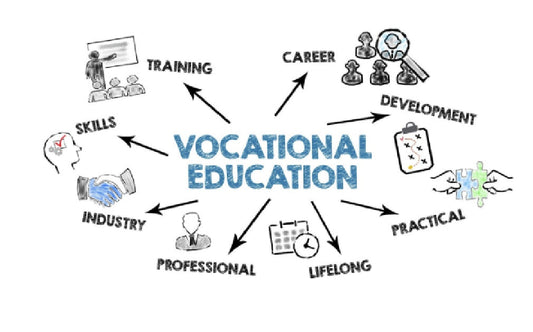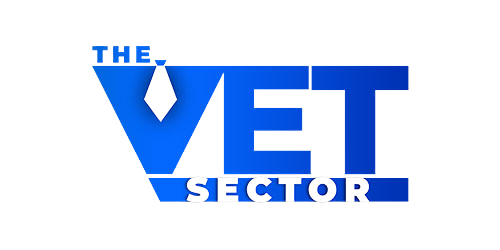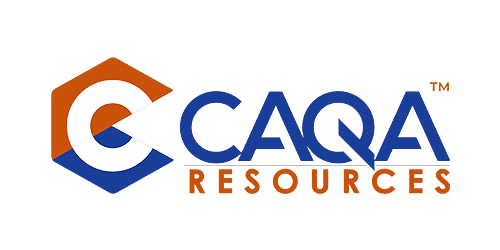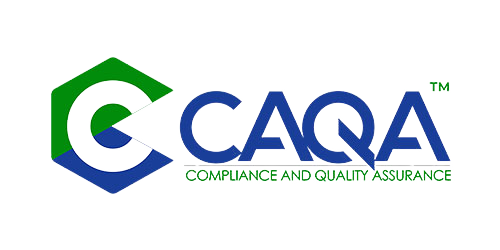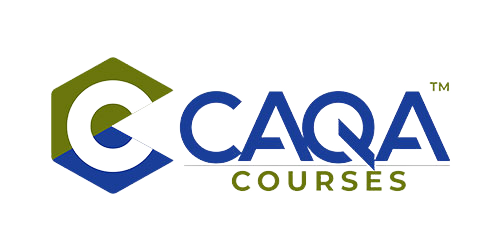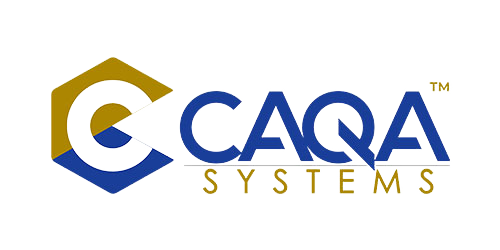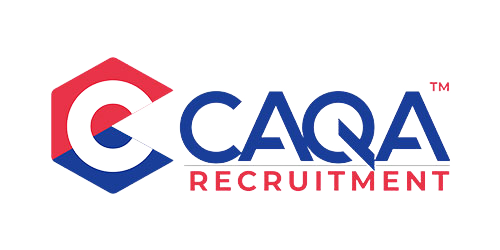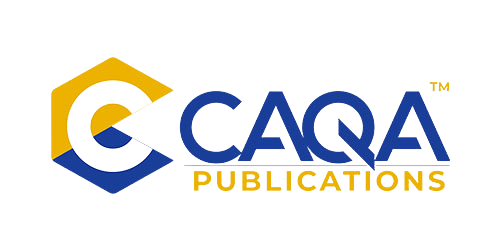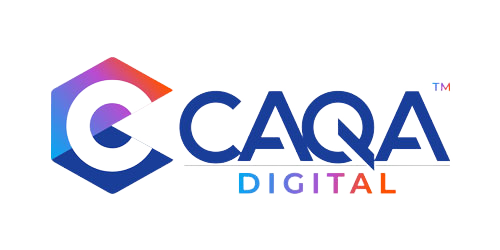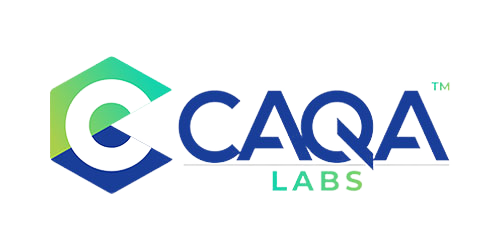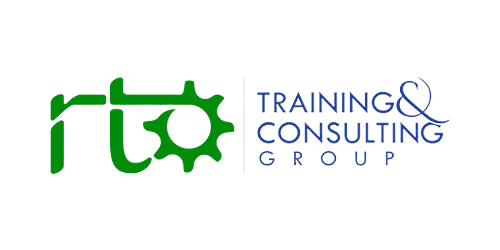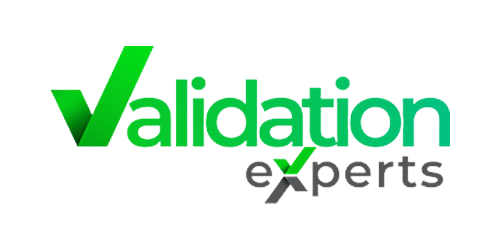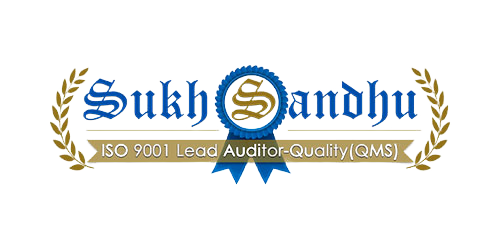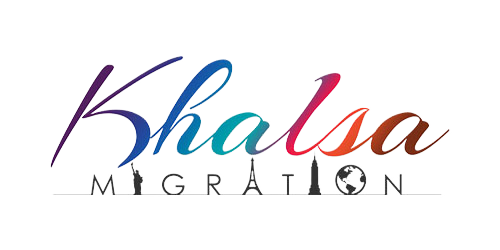The draft revised standards for Registered Training organisations (RTOs) present a framework designed to ensure the delivery of high-quality training and assessment services in the vocational education and training (VET) sector. These standards are structured to provide clarity in the expectations for RTOs, while also allowing flexibility to cater to the diverse range of training environments and learner needs. Here, we break down the draft standards to highlight their core components and areas that may require further attention or clarification.
Training Delivery and Structure
Engagement and Structure (1.1):
The standards specify that training must be engaging, well-structured, and aligned with the training product's requirements. They encompass various aspects of training delivery, from pacing and facilitation techniques to the integration of work-based learning environments. The clarity in these standards assists RTOs in creating a learning experience that is effective and relevant to the learners' needs.
Industry and Community Engagement (1.2):
Effective engagement with industry, employers, and community representatives is mandated to ensure the relevance of skills and knowledge imparted to learners. RTOs are required to demonstrate proactive engagement and the integration of industry feedback into training strategies.
Assessment Systems
Fit-for-Purpose Assessments (1.3):
The assessment system must be consistent with the training product and be rigorously tested to ensure its effectiveness. RTOs must illustrate how their assessment system aligns with the training product and how it upholds the principles of assessment and rules of evidence.
Fair and Accurate Assessment (1.4):
RTOs must ensure that assessments are conducted fairly and appropriately, allowing for accurate judgments of learner competency. This involves adherence to principles such as fairness, flexibility, validity, and reliability, ensuring that assessments are equitable and reflective of learners' abilities.
Quality Assurance (1.5):
Assessment practices and judgments are to be regularly validated by competent individuals to ensure consistency with the training product and the standards. This includes a systematic review process at least every five years, or more frequently depending on risk factors and feedback.
Facilities, Resources, and Equipment
Suitability and Safety (1.6):
The provision of facilities, resources, and equipment that are fit-for-purpose, safe, accessible, and sufficient is mandated for each training product. RTOs must demonstrate how they ensure these provisions are met, including risk management for work-integrated learning environments.
Recognition of Prior Learning
Recognition and Credit Transfer (1.7):
The standards encourage the recognition of prior learning and credit transfer, demanding transparent and consistent processes based on evidence. RTOs must show how they support learners in this regard and maintain the integrity of the training product through their recognition processes.
Learner Information and Support
Access to Information (2.1):
Learners must have access to clear and accurate information regarding their training product and any changes that may affect them. RTOs should demonstrate the accessibility and accuracy of information provided to learners, ensuring informed decision-making.
Suitability Advice (2.2):
RTOs are tasked with advising prospective learners on the suitability of a training product before enrollment, based on a review of the individual's skills and competencies.
Training Support
Identification and Provision of Support Services (2.3 & 2.4):
RTOs must identify learners' training support needs and ensure access to the necessary services. Additionally, learners should have reasonable access to trainers, assessors, and staff to support their progression through the training product.
Reasonable Adjustments (2.5):
Adjustments are required to support learners with disabilities, ensuring equal access and participation in training and assessment. RTOs are expected to have systems in place to offer and communicate the availability of such adjustments.
Wellbeing and Diversity
Wellbeing and Diversity Support (2.6 & 2.7):
Training environments must promote and support the wellbeing and diversity of learners. This includes identifying and supporting the wellbeing needs of the learner cohort and managing risks to safety and wellbeing, particularly for young learners.
Feedback, Complaints, and Appeals
Complaints and Appeals Management (2.8 & 2.9):
RTOs must have effective systems for managing complaints and appeals, ensuring procedural fairness and timely resolution. These processes should also contribute to continuous improvement within the RTO.
VET Workforce Planning and Competency
Effective Workforce Planning (3.1):
The draft standards require RTOs to engage in effective workforce planning to ensure the delivery of services, though they stop short of providing a detailed framework for what constitutes 'effective' planning.
Trainer and Assessor Credentials (3.2 & 3.3):
Credentialled individuals with current skills and industry knowledge must deliver training and assessment. RTOs must prove that their trainers and assessors meet these requirements and engage in ongoing professional development.
Leadership, Accountability, and Governance
Quality and Accountability (4.1):
Leadership and governance structures are expected to commit to quality training and assessment and comply with the standards, including managing third-party obligations.
Positive Organisational Culture (4.2):
Leadership must promote a positive organisational culture, ensuring diversity, integrity, and safety for all staff and learners.
Clearly Defined Roles (4.3):
RTOs must have clearly defined roles and responsibilities, supporting effective decision-making and compliance with legislative and regulatory requirements.
Fit and Proper Leadership (4.4):
Those overseeing RTO operations must be vetted to ensure they are fit and proper for their roles, with ongoing assessments to maintain this status.
Financial Viability (4.5):
RTOs must demonstrate financial viability and the ability to refund pre-paid fees if they are unable to deliver the training and assessment as promised.
Systematic Monitoring and Evaluation (4.6):
There must be a systematic approach to monitoring and evaluating performance against the standards, identifying risks, and supporting continual improvement.
Glossary and Structural Changes
Clarifications (glossary):
The glossary provides definitions for key terms used in the standards, which is essential for ensuring a common understanding of the requirements.
Broader Structural Changes (broader structural change to support the Ssandards):
The proposal to streamline the legislative framework into distinct documents focusing on quality and integrity is a positive step towards reducing complexity and enhancing clarity for RTOs. However, the impact on non-referring states requires further consideration.
The draft revised standards for RTOs present a comprehensive and detailed framework for quality assurance in the VET sector. While they offer clear guidance on many aspects of training and assessment, some areas could benefit from additional specificity to ensure consistent application across diverse training environments. The focus on learner engagement, industry relevance, and continuous improvement is commendable, as is the emphasis on accessibility, diversity, and wellbeing. As the standards evolve, it will be important to maintain a balance between rigor and flexibility, allowing RTOs to innovate and adapt to the changing landscape of vocational education and training.
